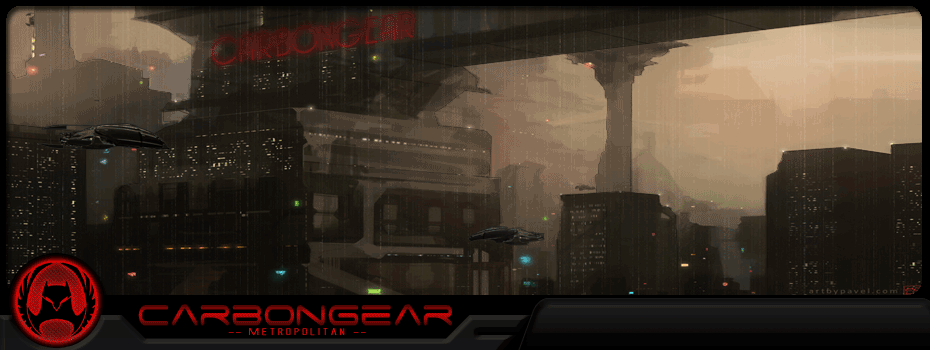- Spoiler:
Robert Knox (right) with his mother and brother Jamie.
A TEENAGE actor who appears in the next Harry Potter film was stabbed to death trying to protect his younger brother from an assailant outside a club in Sidcup, south-east London, early on Saturday.
Robert Knox, 18, who appears as Marcus Belby alongside Daniel Radcliffe in Harry Potter and the Half-Blood Prince, became the 28th teenager killed in Britain this year, and the 10th in London to die from stab wounds.
Like young Jimmy Mizen, 16, who died in a bakery trying to avoid an unprovoked fight two weeks ago, he had attempted to protect his younger brother Jamie, 17. Once again, too, there is no suggestion of gang-related activity — Rob Knox was just a teenager out with mates on a Friday night.
Police believe that the alleged killer had been involved in a brawl over a stolen mobile telephone 10 days ago. The man was thrown out of the club, but according to a bar owner, returned late on Friday night.
What happened in the moments that followed remains unclear but according to reports, Robert Knox emerged from the club shouting, "You pulled a knife on my brother," after trying to stop pending trouble.
"All I remember was seeing him stabbed in the chest. I ran over and me and my mate Tarik both tackled the black man … As I tried to grab the knife, I didn't realise he had another in his hand …" one youngster told the Sunday Times.
"There were a lot of other people helping … then I walked around the corner from the bar. That's when I saw Rob — it's too horrible to describe what I just saw. It was just red blood."
Three other teenagers were seriously injured in the attack while a 21-year-old man has now been arrested on suspicion of murder.
The huge rise in the number of teenagers being killed on the streets of London is the biggest threat facing the capital after terrorism, senior police officers believe.
The latest murders bring to 14 the number of teenagers killed in the capital this year. Last year 26 were killed: 16 were attacked with knives, nine died in gun incidents and in one case the cause of death is yet to be confirmed.
The Metropolitan Police Commissioner, Sir Ian Blair, has already said this year that "there is no bigger challenge or threat to the whole of London, perhaps with the exception of terrorism, than youth violence".
Just last week, London police rolled out operation Blunt Two, in a bid to stymie a problem that is exacerbated by the impulsiveness of teenagers and, often, the role of alcohol.
Specialist teams of 15 officers have been deployed over 10 specially selected — but unnamed — boroughs, armed with 550 metal detecting wands and 244 airport style electronic arches. Funding for another 300 weapon detectors was also pledged by the Home Office.
Teams have been positioned at several inner city underground stations and in several areas of both south and central London during the past 10 days or so.
The police have been empowered to use the controversial Section 60 of the Public Order Act, which allows "stop and search" apprehensions, without the usual "reasonable suspicion" tests that a person may be carrying a weapon.
This follows a campaign earlier this year by the Metropolitan police to tackle gang-related crime involving children as young as 10. Police say very young children look up to older kids involved in gangs as role models, and recently placed 500 young gang members — including children as young as 11 — under observation to try to tackle the rise in street violence.







